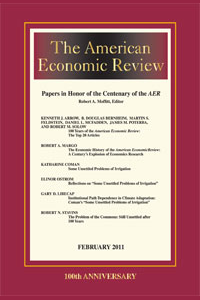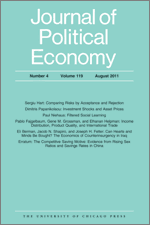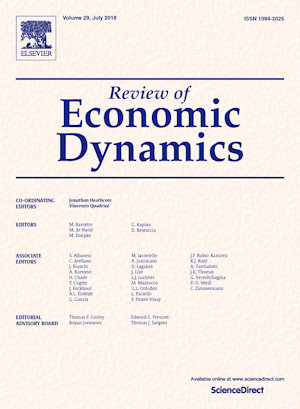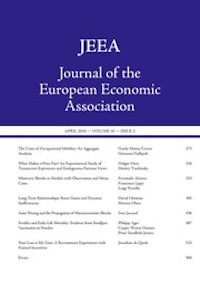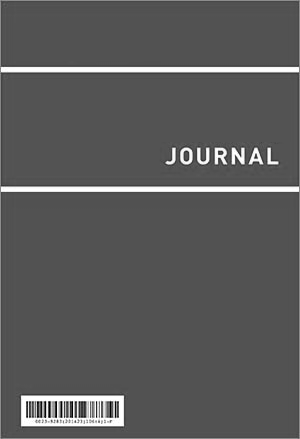
Guinnane, T. W. and Ogilvie, S.
A two-tired demographic system: 'insiders' and 'outsiders' in three Swabian communities, 1558-1914
The history of the family
Vol. 19(1) pp. 77-119 (2014)
Abstract: This paper presents first results from a project to reconstitute the demographic behavior of three villages in Württemberg (southern Germany) from the mid-sixteenth to the early twentieth century. Using high-quality registers of births, deaths, and marriages, and unusual ancillary sources, we improve on the family-reconstitution techniques pioneered by Louis Henry and applied to good effect by the Cambridge Group and other scholars. This paper focuses on simple, standard demographic measures, in order to provide a broad overview and support comparisons with other places. An extreme system of demographic regulation operated in these Württemberg communities until around 1870. This regulation created a two-tiered demographic system. A group of ‘insiders’ were able to marry, and experienced both high marital fertility and high infant and child mortality. A second group, consisting of ‘outsiders’, were prevented from marrying. Many, especially the males, left the community; those who stayed contributed to growing illegitimacy and associated levels of infant and child mortality that were even higher than for the offspring of ‘insiders’.
Keywords: Western European marriage pattern, politische Ehekonsens, Wuerttemberg
Author links:
Publisher's Link: http://www.tandfonline.com/doi/full/10.1080/1081602X.2013.870491#.UxtBDEqPOu5 ![]()

